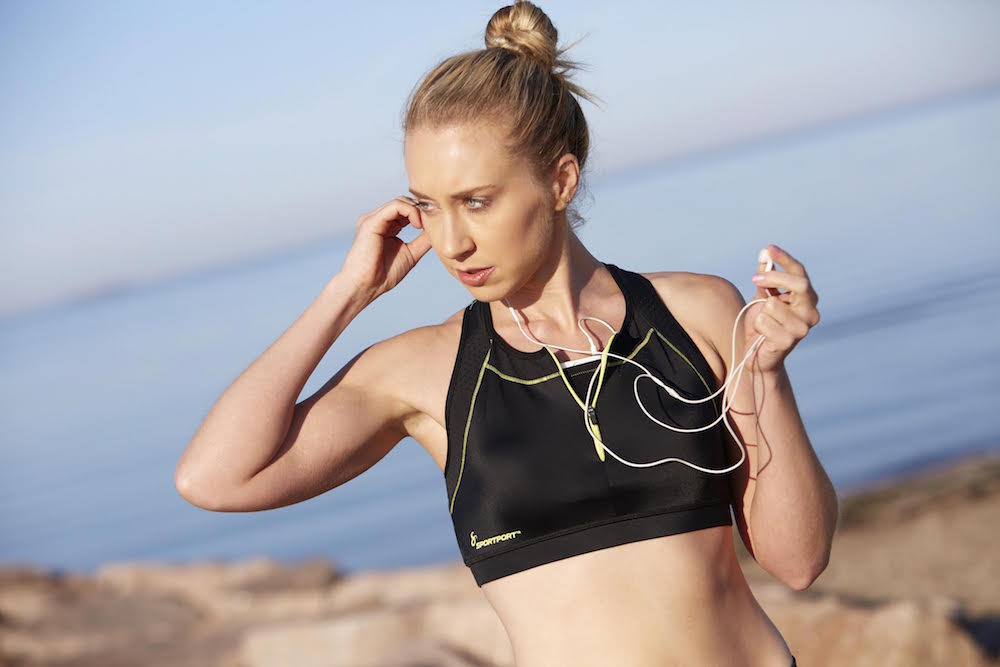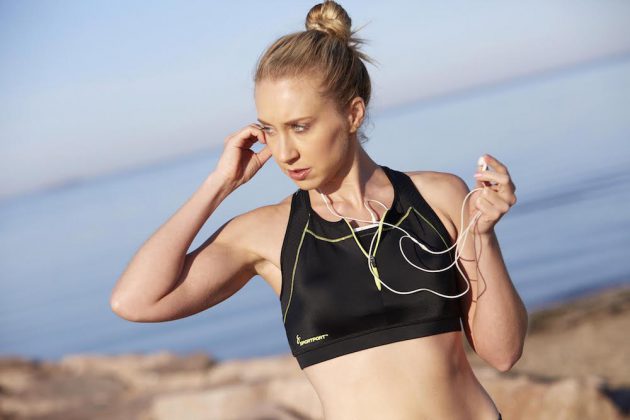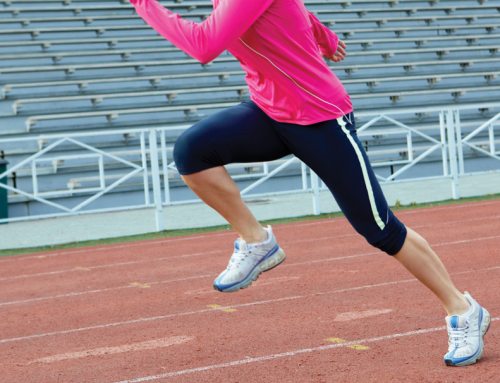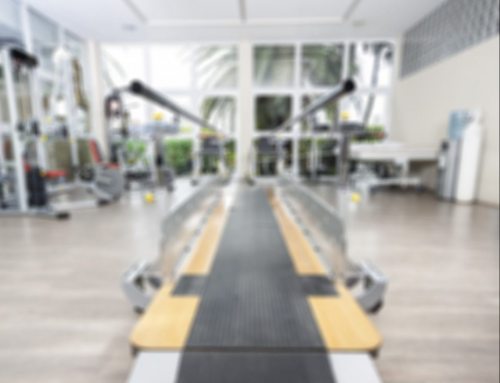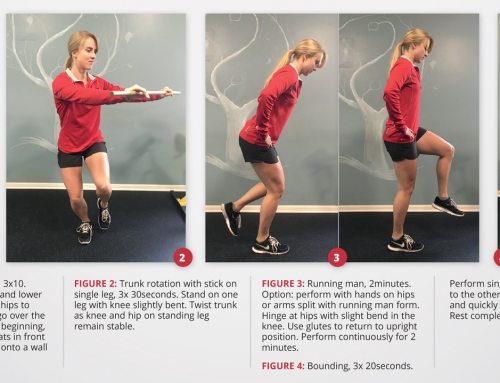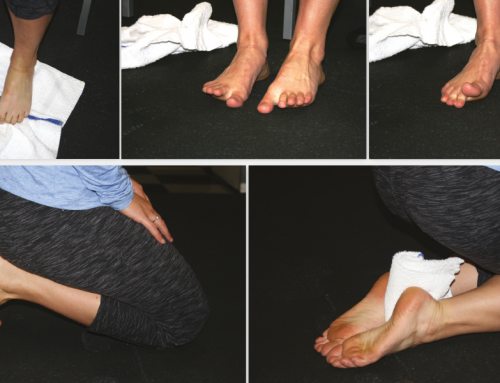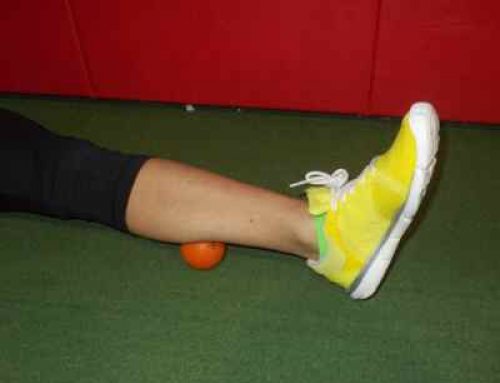By Casey Clark Kelley
With so many options for workout gear available, you may wonder why you should spend more for running tights than you have to. The truth is, that the proof is in the performance. While a cheaper pair of pants may get you through a run or two, they won’t offer you the benefits of technical compression fabrics. There are both practical and physical benefits to training in compression gear, which as an athlete you are unlikely to regret despite the higher ticket price.
Physical benefits of compression gear are backed with ongoing science. Research suggests that engineered compression garments are designed to directly apply pressure to working muscles. The pressure increases circulation and keeps the blood flowing, so your muscles are getting the oxygen they need while continuously removing metabolic waste by-products. This supported circulation process creates a more efficient operating system for your body, which means during activity you will find a reduction in muscle fatigue. Athletes have reported increased agility and endurance when wearing compression tights versus regular running pants.
Reduced recovery time is another advantage of using compression gear. While there are physical gains to training in compression clothes, there are also benefits in wearing compression gear for recovery. Increasing circulation to the muscles is also beneficial in this stage, meaning the muscles need less time to repair themselves before the next workout. According to the British Journal of Sports Medicine, a 2007 study found that using garments as a recovery aid reduced muscle swelling after exercise, as well as the athlete’s perceived soreness. When the body recovers faster it is more prepared to take on new challenges faster, also reducing risk for injury as athletes often choose to run through the pain, as opposed to taking the time off they need.
Practical benefits of quality compression gear can be countless depending on what you choose. One thing you are sure to get is a premium technical fabric. Compression materials are scientifically designed to function for the athlete. When shopping for gear look for brands that use fabrics with a reputation for excellence. Performance fabrics like LYCRA® SPORT and Polartec® Power Stretch Pro have undergone on-athlete testing to ensure an enhanced design that is supportive, as well as functional.
The durability of premium compression fabrics will come through for you over time, as the garment will retain its shape without stretching, sagging, or tearing. Although a standard workout tank may be good for a few cycles eventually they tend to show their wear. Anti-fade apparel ensures that you also get “look longevity” from your purchase. Compression garments tend to enduringly look as good as when you purchased them.
Ultra-lightweight fabric is generally a standard of compression gear. Despite the light as air design, the fabric has the stretch and strength to streamline your shape and correct posture, while still offering muscle support. Flat-lock stitching often combines with this second skin fit to guarantee a chafe-free workout, whether your gear is in the form of a sports bra, tank, or tights.
Additional fabric benefits to look for in your compression gear include guarantees of quick dry and moisture-wicking capabilities. This will help you stay dry, as well as either warm or cool depending on the weather. Anti-odor is a detail you may not know you need until it is too late, but compression garments can come with this promise as well.
As compression garments are designed for athletes by athletes, additional features can often be found that make life easier for the long-distance runner or cyclist. Extra pockets and hidden key storage are little extras that can mean the difference between a well-fueled or a low energy training session.
While compression gear has been around in the professional sports world for a long time, the need for performance support is growing in the world of amateur athletes. As more and more everyday athletes take on endurance challenges and events, the importance of quality gear will only become more recognized as well for both the physical and practical benefits.
# # #
Casey Clark Kelley is a writer, personal trainer, and fitness instructor. She enjoys staying active with long distance running, cycling, and cross-country skiing as New England weather allows. Casey is the content editor for SportPortActive.com, as well as the writer of their health and fitness blog. caseyclarkkelley@sportportactive.com.


